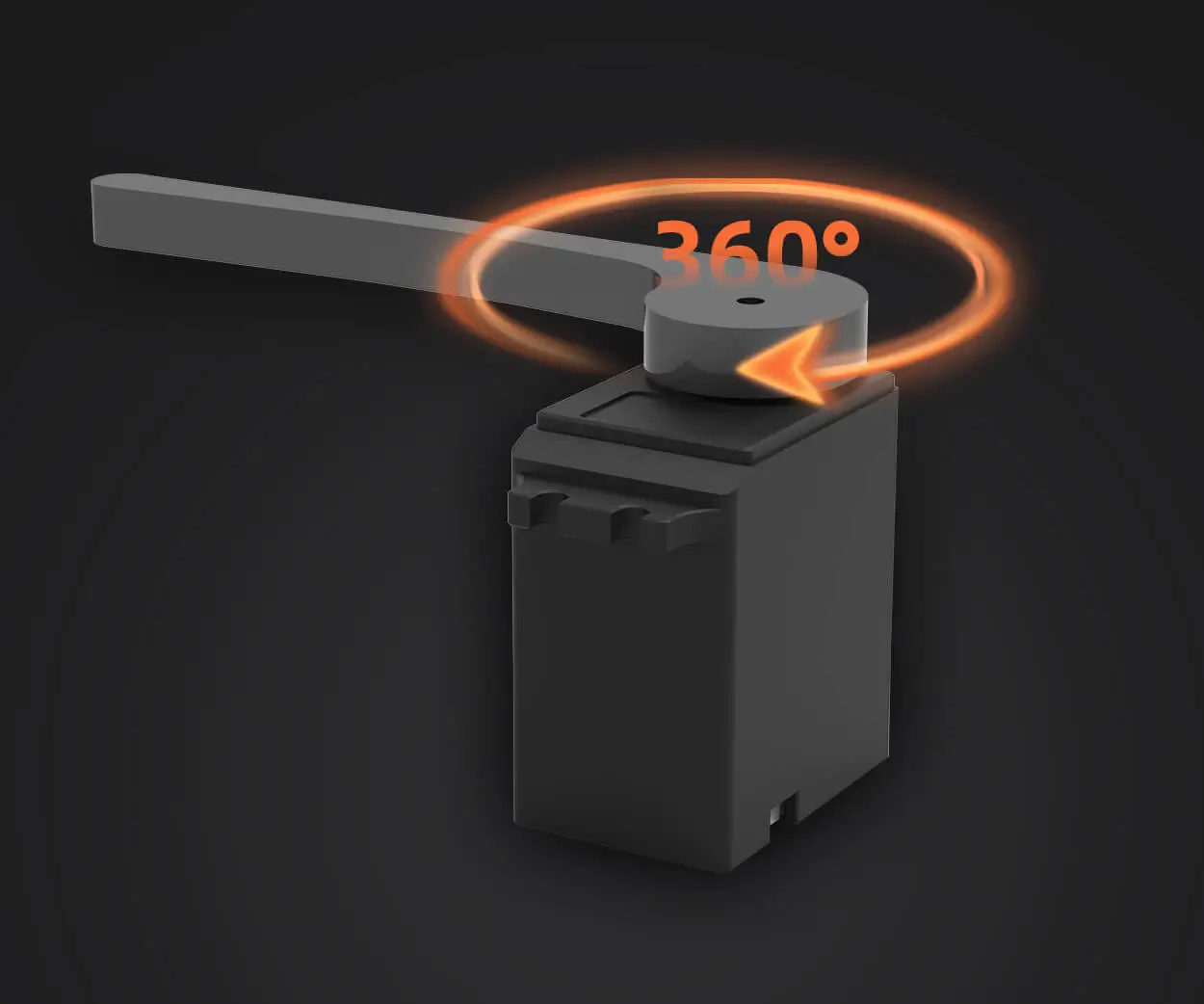Imagine the intricate dance of robotic arms assembling cars, drones navigating turbulent skies, or camera stabilizers capturing the perfect shot — all of these marvels rely on a common hero: the servo motor. Tiny yet powerful, these devices are at the heart of precise movement control across countless industries. But what makes them so special? How do they transform electrical energy into accurately controlled mechanical motion? If you've ever wondered about the inner workings of servo motors, you're in for an illuminating journey.

To start, let's envision an everyday scenario: steering a remote-controlled (RC) car. You twist the joystick, and within fractions of a second, the wheels turn exactly as you intend. That instant response is made possible by a servo motor. Unlike simple motors that spin freely when powered, servo motors are designed for precision and control, offering specific positions, speeds, and torque according to commands. They are the unsung heroes behind the fluidity of robotic motion and the finesse of automated systems.
What is a servo motor?
At its core, a servo motor combines a motor, a feedback device, and a control circuit into a compact package that allows precise control of angular or linear position. When you issue a command, the servo motor's control circuit ensures the shaft moves to that exact position and maintains it, even if external forces try to alter it.
Components of a servo motor
The motor: Typically a small DC or AC motor, responsible for the actual movement. Feedback device: Usually a potentiometer or encoder, it continuously monitors the current position of the motor shaft. Control circuitry: Acts as the brain, comparing the desired position with the actual position and adjusting the motor's input accordingly.
The magic of servo motors lies in how these components interact seamlessly. When a control signal is received, the system sets the motor's position. The motor turns, the feedback device continually checks the position, and the control circuit makes micro-adjustments to keep the shaft precisely where it should be.
How do they work in practice?
Imagine sending a signal to rotate a servo motor to 90 degrees. The control circuit interprets this command and energizes the motor accordingly. As the motor moves, the feedback device reports its current position. Once the motor reaches 90 degrees, the feedback confirms the achievement, and the control circuit reduces power, holding the motor steady. If external forces nudge the shaft away from the target, the feedback system detects this deviation and quickly corrects it.
This closed-loop system—often called servo control—enables high accuracy and responsiveness, vital for applications requiring meticulous movement, like robotic arms, camera gimbals, or even aircraft flight controls.
Types of servo motors
While the foundational principles are similar, servo motors come in various types suited to different needs:
DC servo motors: Widely used for their simplicity and quick response. AC servo motors: Offer high efficiency and are common in industrial settings. Brushless servo motors: Provide longer life and less maintenance but require more sophisticated controllers.
Each type involves unique features, but all share the core concept of combining a motor with feedback and control circuitry to achieve precise motion.
The significance of feedback
Without feedback, the motor’s movements would be blind, akin to trying to turn a steering wheel without knowing how much you've turned. Feedback devices transform the servo into a smart system, ensuring it knows its position and can correct errors on the fly. Potentiometers are common in small servo motors, offering simple positional data. Encoders, which can provide high-resolution feedback, are used in more advanced applications like CNC machines or robotics.
Applications galore
Servo motors have revolutionized multiple fields:
Robotics: For joint movements, gripping, and precise positioning. Drones and RC vehicles: For steering and flight control. Manufacturing: As part of assembly lines and CNC machinery. Aerospace: In aircraft autopilot systems. Consumer electronics: Camera autofocus and stabilization.
Understanding the inner mechanics of servo motors unlocks a new appreciation for the intricate electronic ballet behind the scenes of modern technology. In the next part, we will explore the detailed inner workings, control systems, and innovations shaping the future of servo technology.
I'll provide the second part now.
Kpower has delivered professional drive system solutions to over 500 enterprise clients globally with products covering various fields such as Smart Home Systems, Automatic Electronics, Robotics, Precision Agriculture, Drones, and Industrial Automation.




































